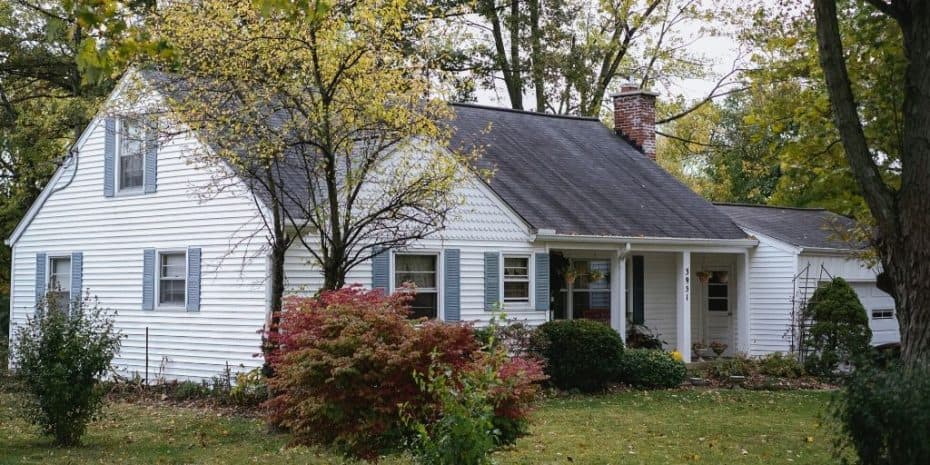What is a Class C Property?
Property Classes Explained
In conversations with real estate investors, you may hear references to the term Class C Property (or for that matter, Class A, Class B, or Class D property).
Real estate investors use these terms to describe several important physical and financial characteristics of a property. Some of these characteristics typically include (but are not limited to):
- location of the property
- age of the property
- income levels of residents
- appreciation
- condition of the property
Understanding the combination of these items can help an investor determine a general value for a property.
One extremely important point to remember when discussing property classes is that everything is relative. A property should be evaluated in the context of the other properties in the general vicinity.
For example, a Class C Property in one geographic location should only be compared to other Class C properties in the same area. An area may be a city or county or another geographical area within a state. Keeping this in mind will help an investor stay focused on becoming an expert in their local market.
Class C Property Guidelines and Characteristics
While there are no official guidelines for what a Class C property is, most real estate investors identify Class C properties by some of the following characteristics:
- Location – Typically in older, mature areas, crime may be more evident
- Age of the Property – Class C properties are usually more than 30 years old
- Income Levels of the Residents – Typically lower to middle-income
- Appreciation – Future value of the property may or may not increase with time
- Property Condition – Some costly maintenance may be required if it has been deferred
Class C properties and neighborhoods are always in demand, not because of their luxury or grand appearance, but because of their practicality and affordability.
While these properties are smaller, older, and significantly less expensive than Class A and Class B properties, most cities and huge portions of land allocated to serving Class C neighborhoods because a large percentage of the overall population is in need of affordable housing.
Are Class C Properties Good for Real Estate Investors?
Class C properties are very commonly used by real estate investors as long-term buy-and-hold rental properties or as fix-and-flips.
Let’s cover some of the pros and cons of investing in Class C neighborhoods.
Advantages of Investing in Class C Properties
- Class C properties have a lower appraised value, which means a lower barrier to entry for investors will less liquidity
- Many Class C properties can be purchased at a discount
- Some Class C properties may require minor cosmetic repairs in order to make market-ready
- Class C Properties are the most in-demand type of housing in many markets
- Class C properties can be a good strategy for diversifying an investor’s portfolio
Disadvantages of Investing in Class C Properties
- Because of a potentially wavering income level, the tenant base for Class C properties may be more short term than long term
- Many Class C properties will require more repairs because of higher deferred maintenance
While every real estate investor has a different financial situation with different goals, many will have experience with Class C properties at some point in their investing career, because of the many benefits they have to offer, namely their lower cost and perceived simplicity when compared to other property classes.








